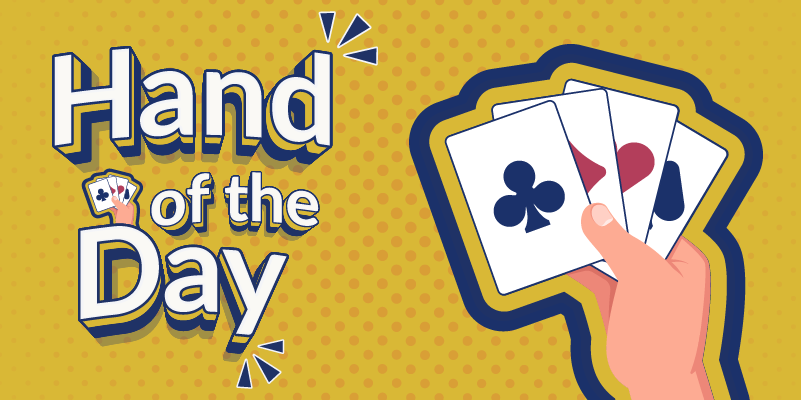



The Aces On Bridge by Bobby Wolff
Weak jump overcalls, especially when non-vulnerable, are all the rage these days. They gobble up vast tracts of bidding space, making detailed hand description difficult for opponents. But players, having developed weaponry with which to cope, are biting back.
Today’s hand arose in Canada, where internationals Eric Murray and John Carruthers show what can be done in defense, in spite of the adverse vulnerability.
Opening Lead: ♣Q
East, Murray, opened one club, Darren Wolpert made a weak jump overcall of two spades, and since a double would have been negative, Carruthers passed. Murray reopened with a takeout double, which Carruthers turned into penalties by passing yet again.
In response to his partner’s opening bid, West led the club queen, on which Murray played the three, a request for a diamond switch, which he duly received.
On winning the diamond ace, Murray continued with the club ace, ruffed by South. Declarer’s heart king was allowed to hold, but East captured the heart continuation with the ace to return the club king, ruffed and overruffed. East ruffed West’s diamond switch, and South discarded a diamond on the club that came back. Carruthers ruffed, gave Murray another diamond ruff, trumped the fifth club, and that let East ruff West’s fourth diamond with the spade ace.
With the spade king still to come, East and West had made all seven of their trumps separately, as well as a trick in each other suit. Yes, 600 was available for East-West in three no-trump, but the 1100 gained on defense was surely far more satisfying.
Lead with the aces
Answer: Lead a club
Declarer’s jump to slam without using Blackwood suggests he may have a lot of shape, perhaps with a diamond void. If that is so, maybe a club lead will let you get in with the heart king to give your partner a club ruff. There may be other leads that work, but the club lead is surely consistent with the evidence.
This Hand of the Day was originally published on aces.bridgeblogging.com.




nue